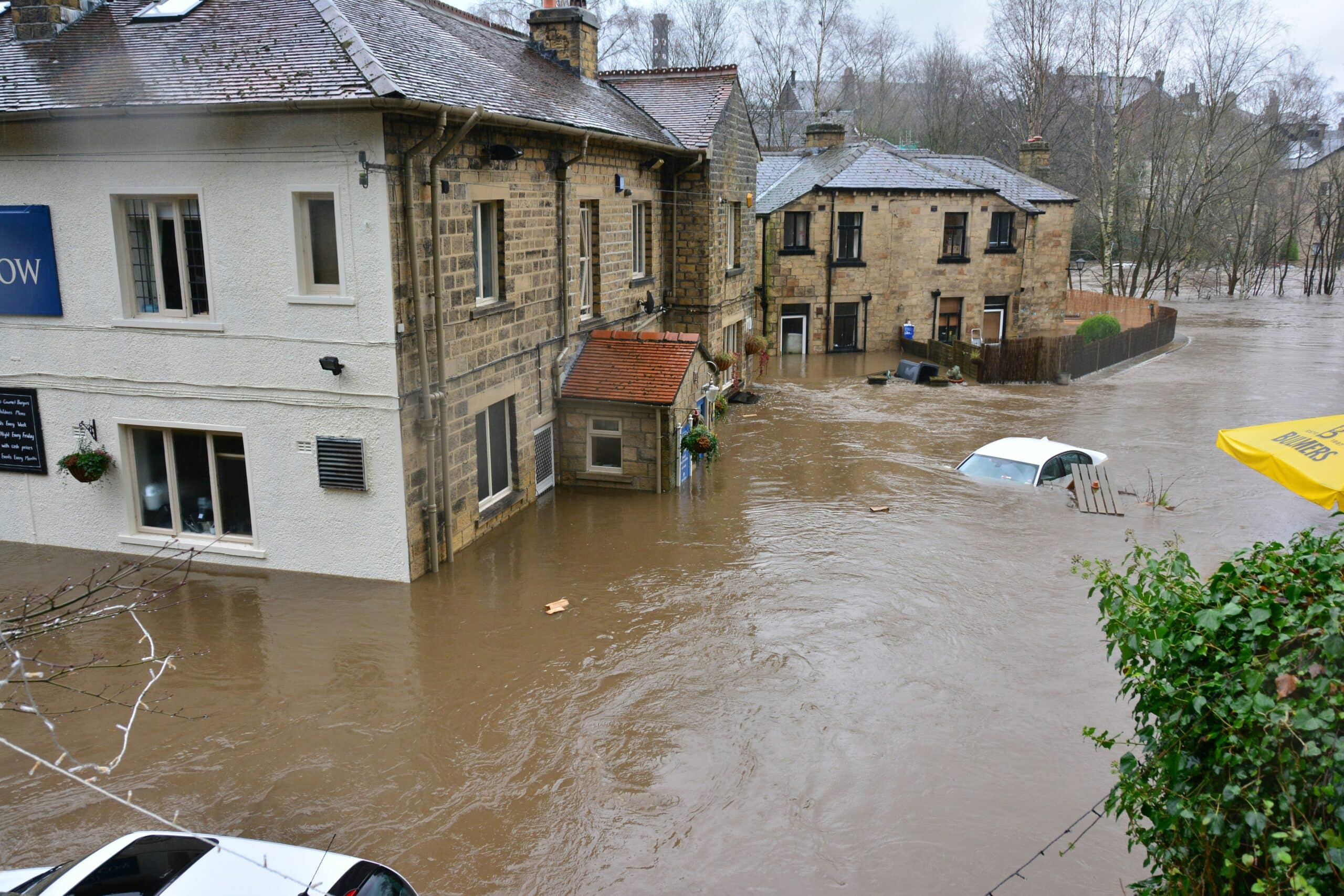
30 Jan London Flooding: Restoring Your Home After Flood Damage
London is just one of many parts of the country that’s seen flooding recently, and there’s likely to be more. After all, with weather events becoming more extreme and sea levels rising, lower-lying areas like London are going to be more at risk.
Besides the effects of heavy rain, burst pipes and tanks in cold weather can put your property at risk of suffering from flood damage. So how do you go about restoring your home after flood damage?
What Should You Do Immediately After Flood Damage?
The first priority, if your home suffers from flooding, is to ensure that everyone remains safe. Besides structural issues, flood damage can cause problems with electricity and gas supplies, so wait until you’ve been told it’s safe by the emergency services or other experts before re-entering your home.
It’s also vital to inform your insurance provider as soon as possible that you’ll be making a claim. You should also take photos showing the damage in the immediate aftermath of the flooding.
The insurer will need you to provide quotes for the repairs, and this will involve assessing the damages. While you could call in a structural engineer to produce a report, that would take more time. It’s likely to be a better option to choose a contractor with a proven track record of flood damage repairs. They’ll be able to provide an assessment and a quote for repairs at the same time.
Preparing Your Home for Repairs
The first stage in the repairs process, as soon as the property has been vacated, is to remove all property, including fixtures and fittings such as carpets, as well as any damaged plaster and other damaged materials, such as flooring, drywall and insulation. The building must also be made safe, which is likely to include switching off gas and electricity supplies.
Once this has been done, the property must be completely dried out. A specialist drying company will be called in by the insurer, who’ll install dehumidifiers and arrange ventilation. The building must also be disinfected, otherwise, mould or mildew is likely to grow, which can cause health problems.
Repairing the Damage
Once the drying company has certified the property as dry, a contractor such as U&M will move in to restore it to the state it was in before the flooding. We’d certainly arrange for gas and electricity checks, in case the supplies have been damaged, and we may need to install a new kitchen and bathroom.
Besides this, restoration of your home is likely to include replastering, redecorating and replacing floor covering. In the case of extremely severe flooding, there could have been structural damage caused to the walls or foundation, and these would need to be reinforced. However, in practice, flooding is unlikely to cause damage on this scale.
Why Do You Need an Expert Contractor?
You’ll find many construction companies in your local area, but not all of them will be experienced in restoration after flood damage. It’s essential to research contractors before approaching them for a quote — especially if the insurer is paying since a less-experienced company might offer a lower quote by cutting corners.
Restoring your home after flood damage requires a wide range of specialist equipment and expert knowledge, so it’s vital to ensure that the contractor you choose has both. If not, you risk an incomplete job.
If you’re looking for piling contractors in London, the surrounding areas or South East England, you can contact U&M to discuss your needs.




